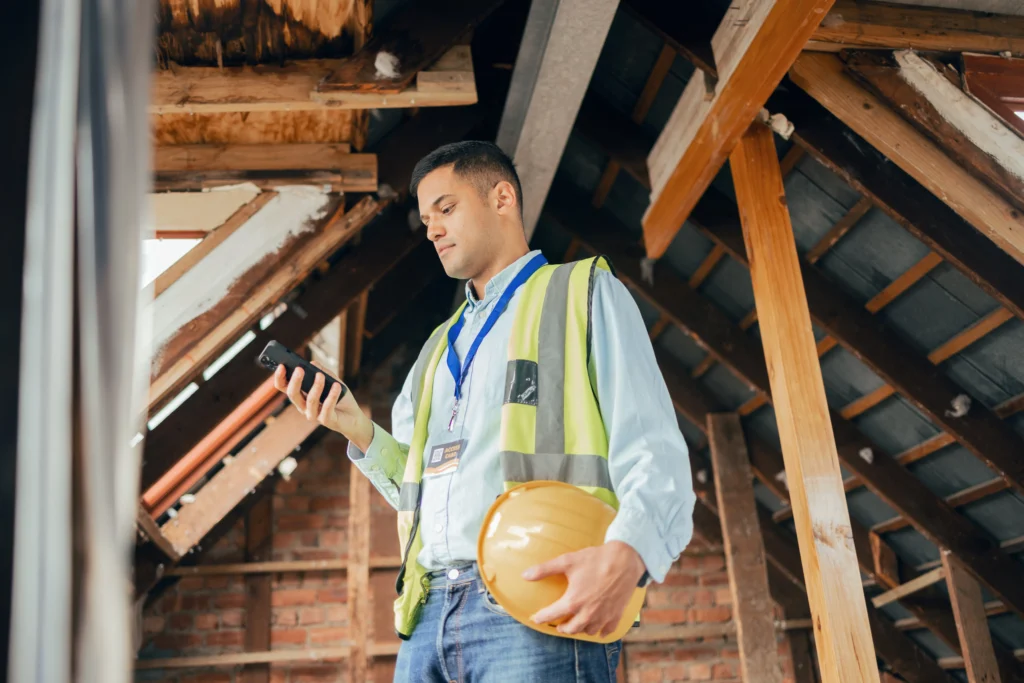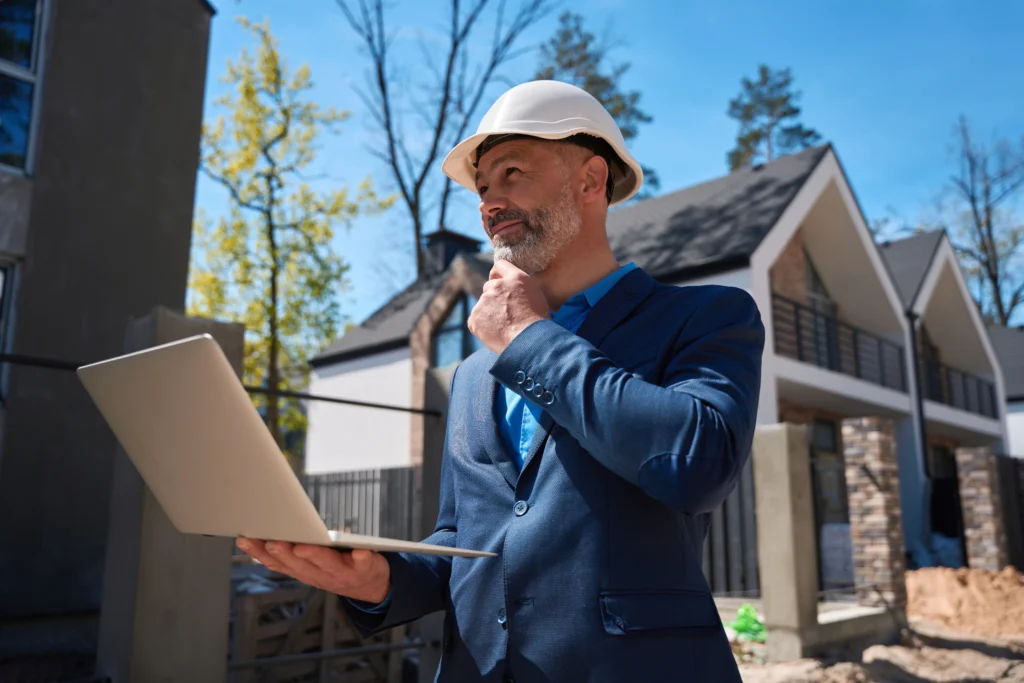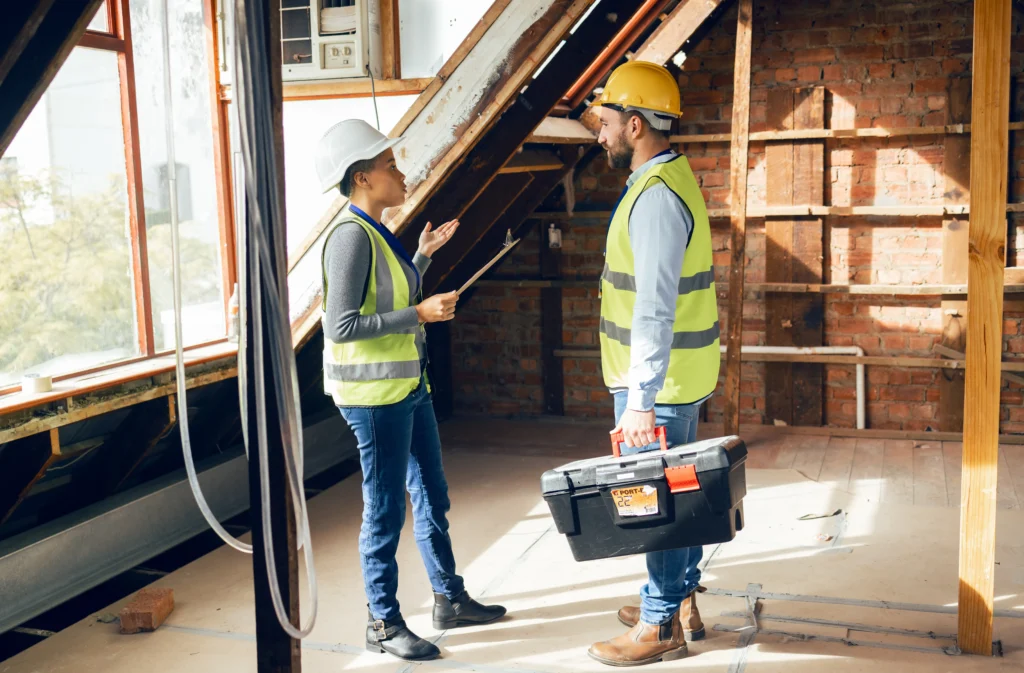Home inspections are a crucial part of the real estate process, offering insights that can save buyers from costly surprises. One of the most common questions from homeowners and buyers is: do home inspectors go on roof during an inspection? While the short answer is often yes, the reality depends on several important factors such as safety, accessibility, and the condition of the roof itself.
Let’s unpack the circumstances under which a home inspector will walk a roof, what alternatives exist, and how roof inspections fit into the larger picture of a property evaluation.

The Standard Expectation in a Home Inspection
A professional home inspection typically includes an evaluation of the roofing system. According to standards established by the American Society of Home Inspectors (ASHI) and InterNACHI, inspectors must observe the roof covering materials, drainage systems, flashing, skylights, chimneys, and roof penetrations.
While these standards require that the roof be evaluated, they do not mandate that the inspector physically walk the roof. Instead, the guidelines focus on visual access—whether from the ground, a ladder at the eaves, or with binoculars or drones.
That means the question of whether an inspector does go on the roof ultimately comes down to safety, accessibility, and personal inspection policy.

Factors That Determine Roof Access
Roof Pitch and Slope
Steep roofs pose serious fall risks. If a roof has a high pitch or slick surface—like metal or tile—many inspectors will avoid walking on it due to the elevated danger. OSHA regulations and insurance policies discourage walking on any roof that presents a safety hazard.
Roofing Material
Some materials, such as clay tiles or slate, are easily damaged by foot traffic. An inspector may refuse to walk these surfaces not just for safety, but also to prevent causing unintentional damage.
Weather Conditions
Wet, icy, or snowy roofs are inherently unsafe. Even experienced inspectors will avoid climbing onto a roof in poor weather conditions. In these cases, they may rely on telescoping poles with cameras, zoom lenses, or drone technology.
Physical Accessibility
If the roof lacks adequate access—no ladder access points or is obstructed by landscaping or fencing—inspectors may note the limitation and offer an alternative evaluation method.
Company Policy and Tools Used
Some inspectors, like those with Icon Home Inspectors, use drones or high-resolution camera systems when it’s not feasible to walk the roof. These tools still provide a thorough view of the surface, flashing, gutters, and other essential features.

Alternatives to Walking the Roof
While walking the roof allows for close inspection of shingles, flashing, and penetrations, alternative methods can be just as effective. These include:
- Drones equipped with HD video and photo capabilities
- Telescoping camera poles
- Ladders with camera inspection from the eaves
- Binoculars for close-up from the ground
In many cases, these methods can actually reveal more detail than walking the roof manually—especially in hard-to-reach areas or along ridgelines.
What Roof Defects Do Inspectors Look For?
Whether they walk the roof or not, inspectors are trained to identify signs of damage, wear, or poor installation. Common issues include:
- Missing, curled, or broken shingles
- Improper flashing around chimneys, skylights, and vents
- Pooling water or improper drainage
- Moss, algae, or rust
- Soft spots or sagging sections
- Signs of roof leaks visible from the attic
A good inspector will combine roof surface observation with an attic check for signs of moisture intrusion, insulation damage, or rotting wood—offering a complete picture of roofing health.

How Roof Inspections Are Reported
Inspectors will always note the method of inspection in their final report. For example, the report may say:
“The roof was inspected by walking the surface.”
— or —
“The roof was evaluated from the eaves using a ladder and zoom photography due to slope and wet conditions.”
In either case, observations are carefully documented, with photos and recommended next steps if repairs or further evaluation are needed.
At Icon Home Inspectors, detailed roof inspection photos are included in every comprehensive report, and limitations are clearly explained so that buyers understand the scope and any potential concerns.

What to Do If the Roof Can’t Be Walked
If a roof inspection is limited due to safety or access, buyers may consider a specialist roof inspection by a licensed roofing contractor. These professionals can provide a more invasive examination, including core sampling or structural evaluation, which is not within the scope of a general home inspection.
Buyers should also understand that limited access does not automatically mean something is wrong—it’s a reflection of prudent safety practices.
Conclusion
So, do home inspectors go on roof? Often, yes—but only when it is safe, appropriate, and won’t damage the roofing material. Safety, weather, and roof condition all play a role in that decision. When walking the roof isn’t possible, inspectors use advanced tools like drones or telescopic cameras to deliver a complete evaluation.
If you’re scheduling a home inspection in Northeast Ohio, Icon Home Inspectors is equipped with the tools and training to provide a thorough and detailed roofing assessment—whether boots hit the shingles or not.